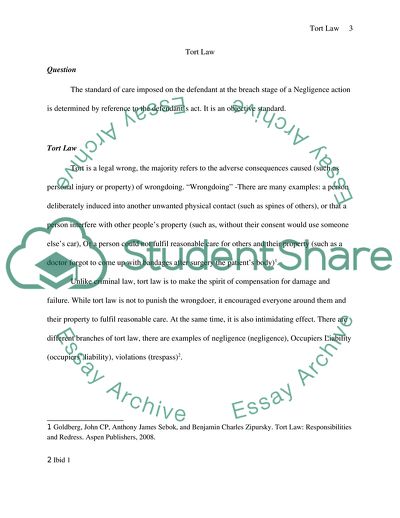Cite this document
(Tort Law Report Example | Topics and Well Written Essays - 1750 words, n.d.)
Tort Law Report Example | Topics and Well Written Essays - 1750 words. https://studentshare.org/law/1865770-tort-law
Tort Law Report Example | Topics and Well Written Essays - 1750 words. https://studentshare.org/law/1865770-tort-law
(Tort Law Report Example | Topics and Well Written Essays - 1750 Words)
Tort Law Report Example | Topics and Well Written Essays - 1750 Words. https://studentshare.org/law/1865770-tort-law.
Tort Law Report Example | Topics and Well Written Essays - 1750 Words. https://studentshare.org/law/1865770-tort-law.
“Tort Law Report Example | Topics and Well Written Essays - 1750 Words”. https://studentshare.org/law/1865770-tort-law.


